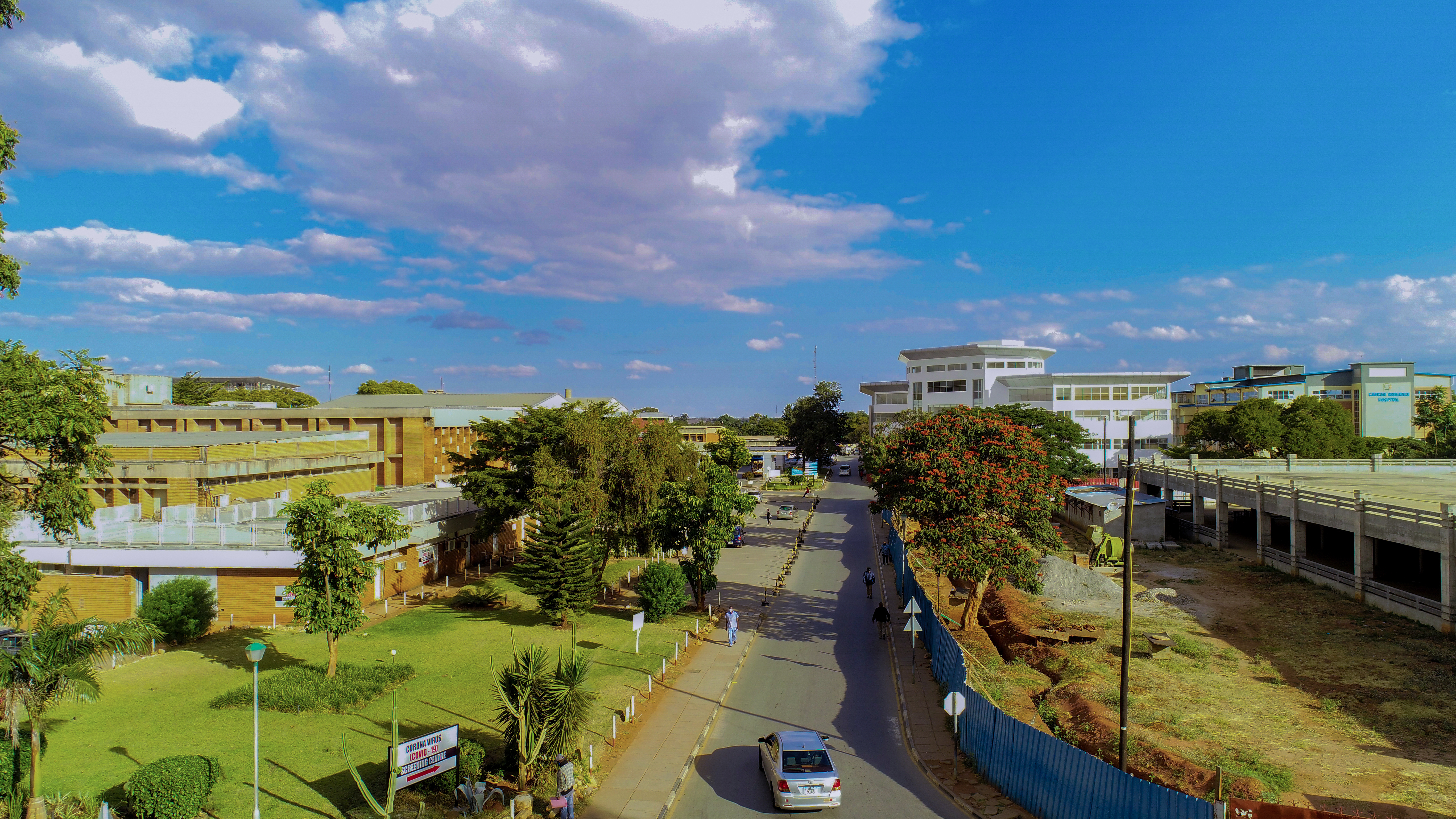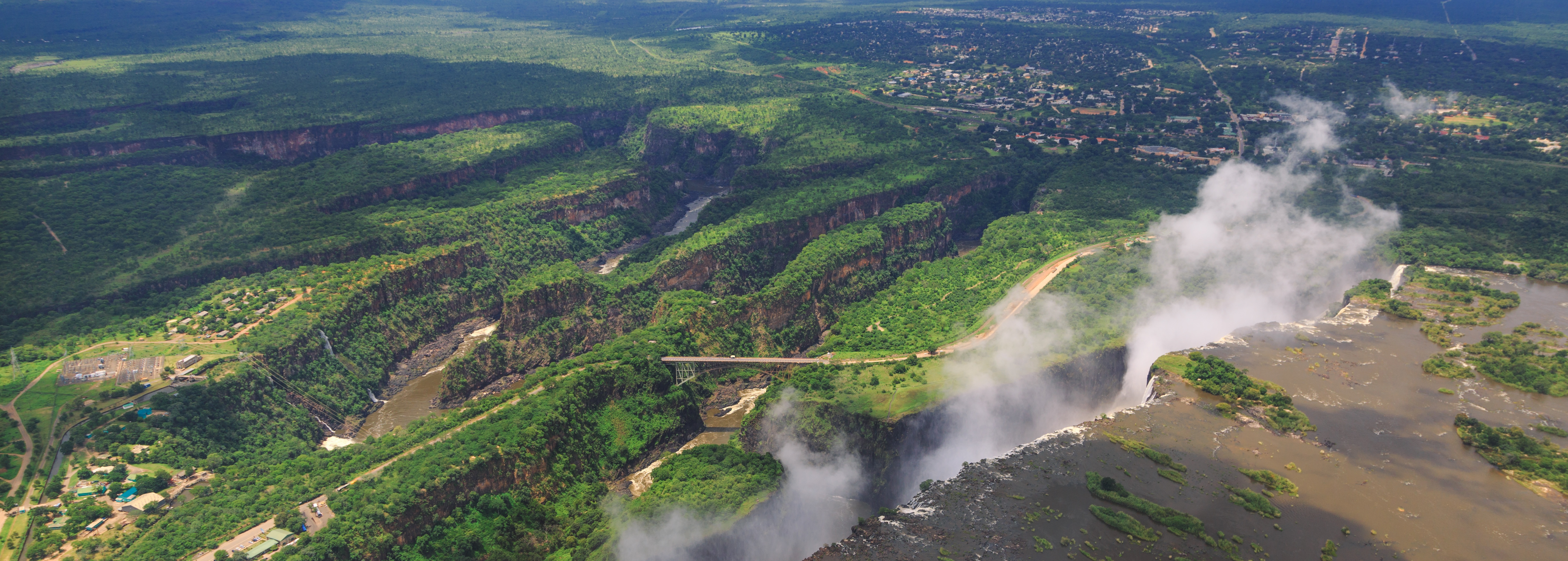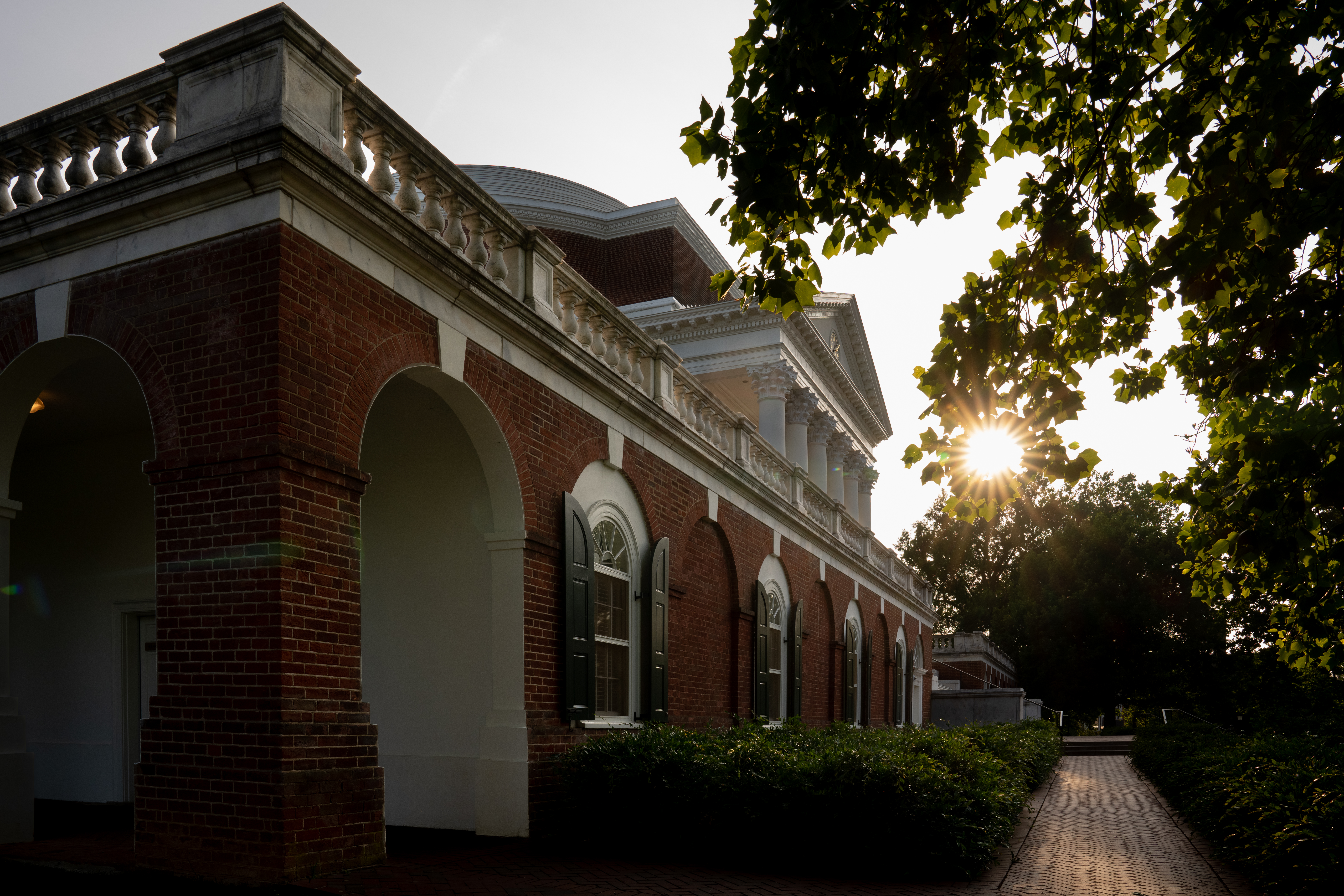

Agents of Change
Engineering design sounds like a complicated, abstract concept. But Frackson Mumba, associate professor in the School of Education and Human Development, says this iterative process of solving problems and creating new processes and products is an innate part of our lives.
In response to changing science teaching standards across the U.S., with funding from the National Science Foundation, Mumba has researched, documented, and implemented strategies for integrating engineering design into K-12 science education. Exposing young learners to engineering can spark their interest in STEM careers.
Over the past 10 years, more than 100 UVA students preparing to be teachers have been trained in engineering design and placed in high-need schools through a grant from the National Science Foundation’s Noyce Scholarship program. With another Noyce Scholarship award, Mumba is recruiting and preparing graduate science engineering students and STEM professionals interested in secondary science teacher training and certification. He has worked closely with colleagues Reid Bailey, professor of systems engineering; Jennifer Chiu, associate professor in the School of Education and Human Development; and Larry G. Richards, professor emeritus, mechanical and aerospace engineering, to incorporate engineering design into UVA’s science teacher education program.
The best way to invest in the future is to train teachers, because teachers are agents of change.
—Frackson Mumba
Building a Framework
Mumba has authored several research papers on the UVA approach and its impact on both pre-service teachers and the students they ultimately instruct. Based on the success of the model he outlined, Mumba developed a transferable framework for integrating the approach into elementary and high school science curricula to meet the Next Generation Science Standards that were recently developed through a state-led process.
“In the past eight years, we have successfully collected and analyzed data and published and shared the research to science and engineering education communities,” Mumba said. “Now that all this evidence has been collected, we published a paper documenting the framework of how we do things at UVA, step-by-step, helping those who don’t have a school of engineering.”
Mumba said the idea is for students to learn how scientists develop new knowledge and how engineers solve problems. “This systematic approach incorporates learning and feedback to develop feasible solutions to tangible, real-world challenges,” he said. “Because engineering design process has not traditionally been a part of science education, it has not found its way into most K-12 science classrooms.”
While scientific inquiry helps researchers better understand the natural world, engineers leverage that information to meet the needs of society. Without defining it as such, children engage in engineering design process at an early age. “When you go to kindergarten, children play around with blocks, they build houses, they build castles,” Mumba said. “The teachers give children blocks and say, ‘Can you start a building?’ And the young people are going to try to build it, and it might fall down. Then they come back and redesign it and finally they get it. All that is engineering.”
Mumba cites two examples of how this approach, which emphasizes learning from failure, can be incorporated into science curricula. One is designing an earthquake-resistant structure. The scientific concept is the earthquake, while developing the building to withstand the earthquake is engineering. “If it doesn’t work, they have to go back and redesign it,” Mumba said.
Biology and other life sciences can also be taught using the framework. For example, creating an artificial heart requires both science—understanding the structure and workings of the heart—and engineering—making a device that successfully replicates the organ in real-world situations.
The approach is not without challenges. Not all pre-service teachers in Mumba’s program have previously studied engineering. “We give them a crash course on engineering design to give them a basic understanding,” Mumba said.
Time is another challenge that science teachers face when implementing the model. “The engineering design-integrated science teaching approach requires time, so we tell our pre-service teachers that you don’t have to teach every topic using the engineering design process. Teach one or two of that you feel would be appropriate.”
–Frackson Mumba
Sharing the Blueprint
Once in the field, educators can access topic-specific materials developed through the pilot program that outline how to incorporate engineering design principles. “We have shared the work that our pre-service teachers have done in our science teacher education program for other teachers and pre-service teachers to access,” Mumba said. These resources have been published in appropriate professional journals. “For example, we have an article in Biology outlining how to teach osmosis using the engineering design process.”
Mumba’s findings indicate a high level of excitement among students for learning science through engineering design. This enthusiasm has implications beyond the classroom; it can eventually help to address the critical shortage of STEM professionals. “The best way to invest in the future is to train teachers, because teachers are agents of change,” he said. “The change can start from the top through educational reforms, but for that information to reach students we need teachers. And research shows that students who have had good science teachers go into the science discipline.”
Another impact of the program is the influence these engineering-educated teachers have outside of the classroom, championing the approach and developing courses. “We train them as leaders as well so that they can go out and lead others in integrating engineering in science education,” Mumba said. “Some of our teachers are even serving as expert advisers to educational companies that are producing engineering design integrated science curriculum materials.”

Proof of Concept
The evidence pointing to the program’s effectiveness is impressive. Not only did participants in Mumba’s study incorporate engineering practices into their science lessons, but in many cases they relied on it more than science practices. And they fully integrated engineering design into their courses rather than approaching it as an afterthought.
Mumba attributes this remarkable success to two factors. The first is the partnership with his University colleagues Bailey, Chiu, and Richards. “Without this collaboration, we wouldn’t have achieved what we wanted here at UVA,” he said. The second is the students in the science teacher education program. “The students that we recruit are very receptive to this and they get excited about it.”
Duplicating the Design
This past November, thanks to funding from a 2023-24 Fulbright U.S. Scholar award, Mumba returned to his native Zambia to help revise the country’s national science curriculum to include engineering design. “I’m simply replicating the model we have tested in the United States,” he said.
Teaching and researching at Copperbelt University and University of Zambia, he is attempting to implement the approach amid a different educational environment. “In Zambia, we have a prescribed science curriculum and syllabi for everyone to follow,” Mumba said. “Everybody teaches the same thing at the same time in every corner of the country.” This centralized approach could make it easier to disseminate the new science teaching method. However, there are fewer resources available to both deploy the model and research its effectiveness.
“I’m bringing something new that we should be encouraging teachers to use, but we need to produce evidence,” Mumba said. “At the end of it, we want to compare the impact on these two groups. How does this approach impact the students and pre-service teachers in Zambia and the pre-service teachers and students in the United States? For the United States, we already know the story.”

Tomorrow’s Teachers Fund
A persistent shortage of qualified teachers combined with a growing number of teaching vacancies has far-reaching implications throughout the education system. If teachers aren’t prepared in strong programs like those at UVA, they don’t gain exposure to cutting-edge approaches such as those detailed in Mumba’s research and taught in his courses. That means their students don’t learn the valuable skills and perspectives needed to succeed in the rapidly evolving world of work.
That’s where the Tomorrow’s Teachers Fund comes in. Plans call for raising $1 million in current use funds to provide need-based tuition and fees assistance for UVA undergraduate and graduate students pursing a bachelor’s or master’s degree in teacher education. This support increases access to high-quality teacher preparation, reduces the cost of becoming a teacher, and improves teacher quality. Nearly half of the $1 million has been secured. Efforts are also underway to raise $50 million to create an endowment for future teachers.
Alleviating the financial burden on prospective teachers allows them to focus on their studies, meeting licensure requirements, and completing in-classroom internships rather than taking outside jobs to make ends meet.
Tomorrow’s Teachers Fund anticipates supporting as many as 300 teacher education students over the next three years. With the average teacher serving between 25 to 150 students each year, up to 45,000 children could be impacted. In Virginia alone, 600 additional highly qualified teachers would reduce the teacher shortage by nearly 20%.
For more information about Tomorrow’s Teachers Fund, contact Mike Cashman, executive director, School of Education and Human Development Foundation, at 757-510-4601 or tmc2p@virginia.edu.

